History
A “School for Engineers” – Established by Young Engineers

TDU established in 1907 as Denki School in the Kanda district of Tokyo, began as an evening vocational school with the founding mission of preparing for industrial expansion by “fostering engineers who can play significant roles in society and industry.” Although superior technologies and up-to-date machines had been imported with rapidity, influenced by westernization, there were only a few engineers who could take advantage of these technologies and machines. The co-founders, two young engineers, Seiichi Hirota and Shinkichi Ogimoto, understood that this was a huge obstacle that would inhibit Japan’s development, and knew that engineering education was needed to form a solid foundation for national development. To meet this need, they established the School and opened their doors to those eager to study engineering.
Although the School began with just fourteen students, its value, driven by the founders’ passion and educational ideals, were recognized immediately: “There is no education that is as innovative, creative, and motivated as Denki School.” For the next century, the school’s enrollment grew rapidly and students embraced TDU’s spirit and good traditions. In 2007, TDU marked its 100th anniversary, and continues to advance toward the next one hundred years.
110+ Years of History since 1907
1907

- Denki School founded in Kanda, Tokyo, as an evening vocational school (predecessor of TDU).
- “Respect for Practical Study” becomes main education policy.
1908
- The first 14 students graduated from Denki School.
1914

- Ohmsha (well known as a publisher of scientific and engineering books) founded by Seiichi Hirota, a co-founder of Denki School.
1924

- Experimental radio broadcasts started at Denki School. This was ahead of Japan’s national broadcasting agency, NHK, which began its experimental broadcasts the following year. NHK started its regular broadcasts to the public about one year after that.
1926
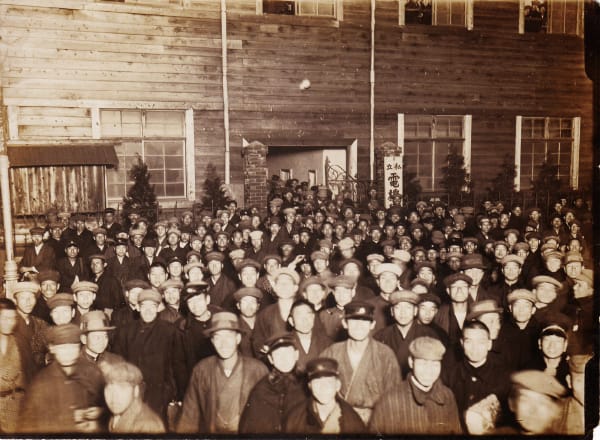
- Rapid Students’ Increase by Distinctive Education: Denki School enrollment topped 11,000 students.
1928
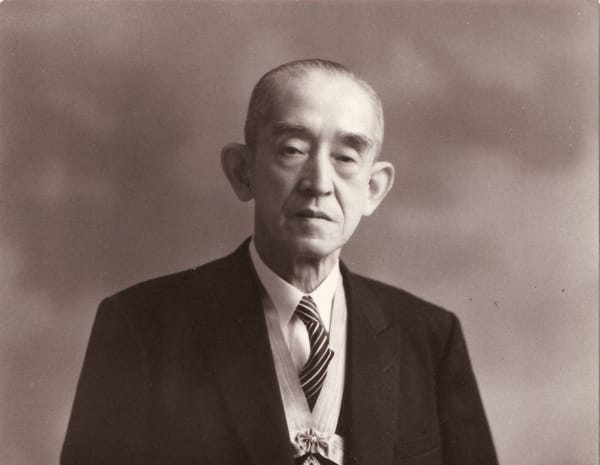
- Yasujiro Niwa (later TDU’s first president) succeeds in conducting photo telegraphic transmission.
- Emperor Hirohito’s enthronement ceremony held in Kyoto in 1928; images of the ceremony were transmitted from Kyoto to Tokyo in what was, in essence, Japan’s first successful facsimile (FAX) transmission, made possible through the use of “NE-type” photo telegraphic transmission device invented by Dr. Niwa, TDU’s first president.
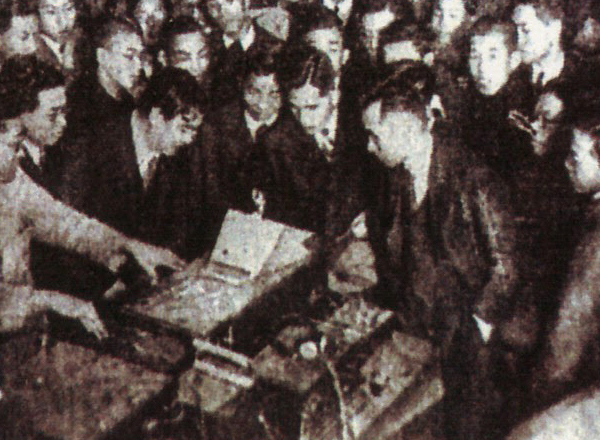
- Japan’s first public demonstration of television, as Kenjiro Takayanagi, the “Father of Television,” conducts Japan’s first experimental television transmission in front of a crowd in Denki School’s laboratory. TDU earned the honor of being selected as the venue by being the only institution in Japan to have technical facilities with the advanced capabilities required.
1949
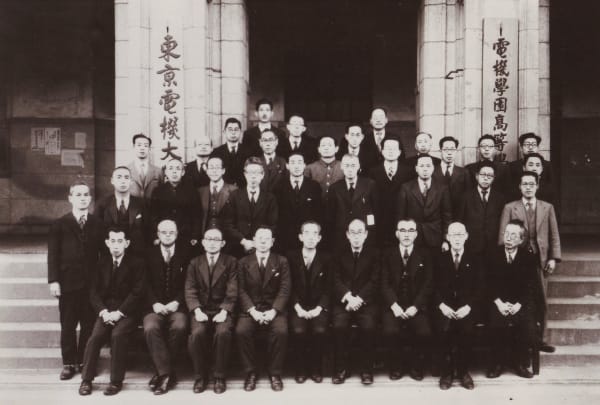
- Denki School became Tokyo Denki University with the establishment of the School of Engineering at Kanda Campus.
- Yasujiro Niwa becomes the first president of TDU.
- “In the Technology Breathes its Creator” becomes the University’s motto and guiding light.
1958
- TDU’s Graduate School was founded (Japan’s first evening graduate school).
1977

- School of Science and Engineering founded (Saitama Hatoyama Campus).
1990

- Chiba New Town Campus founded.
2000
- TDU awarded Technology Licensing Organization (TLO) accreditation; first TLO accreditation was granted as a science and technology university.
2001
- School of Information Environment founded at Chiba New Town Campus.
2007

- 100th anniversary of TDU
- School of Science and Technology for Future Life was founded.
2012
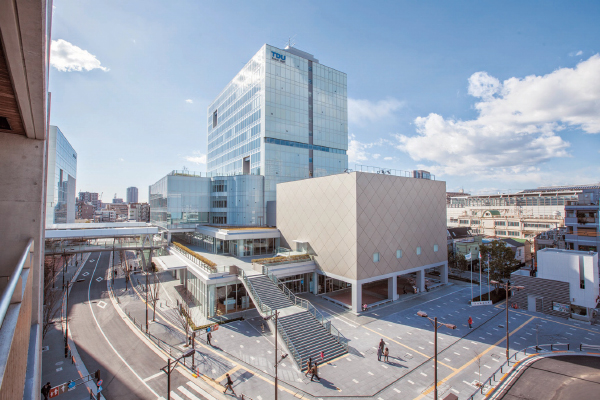
- Tokyo Senju Campus opened near the east exit of Kita-senju Station.
2017

- Tokyo Senju Campus No. 5 Building was built.
- School of System Design and Technology was founded.
2018
- School of Information Environment and Graduate School of Information Environment have been relocated to Tokyo Senju Campus.
Related content
- Undergraduate Schools
- School of System Design and Technology
- School of Science and Technology for Future Life
- School of Engineering
- School of Science and Engineering
- Graduate Schools Overview
- Graduate School of System Design and Technology
- Graduate School of Engineering
- Graduate School of Science and Engineering
- Graduate School of Science and Technology for Future Life
- Graduate School of Advanced Science and Technology
- International Program(Doctoral Course)